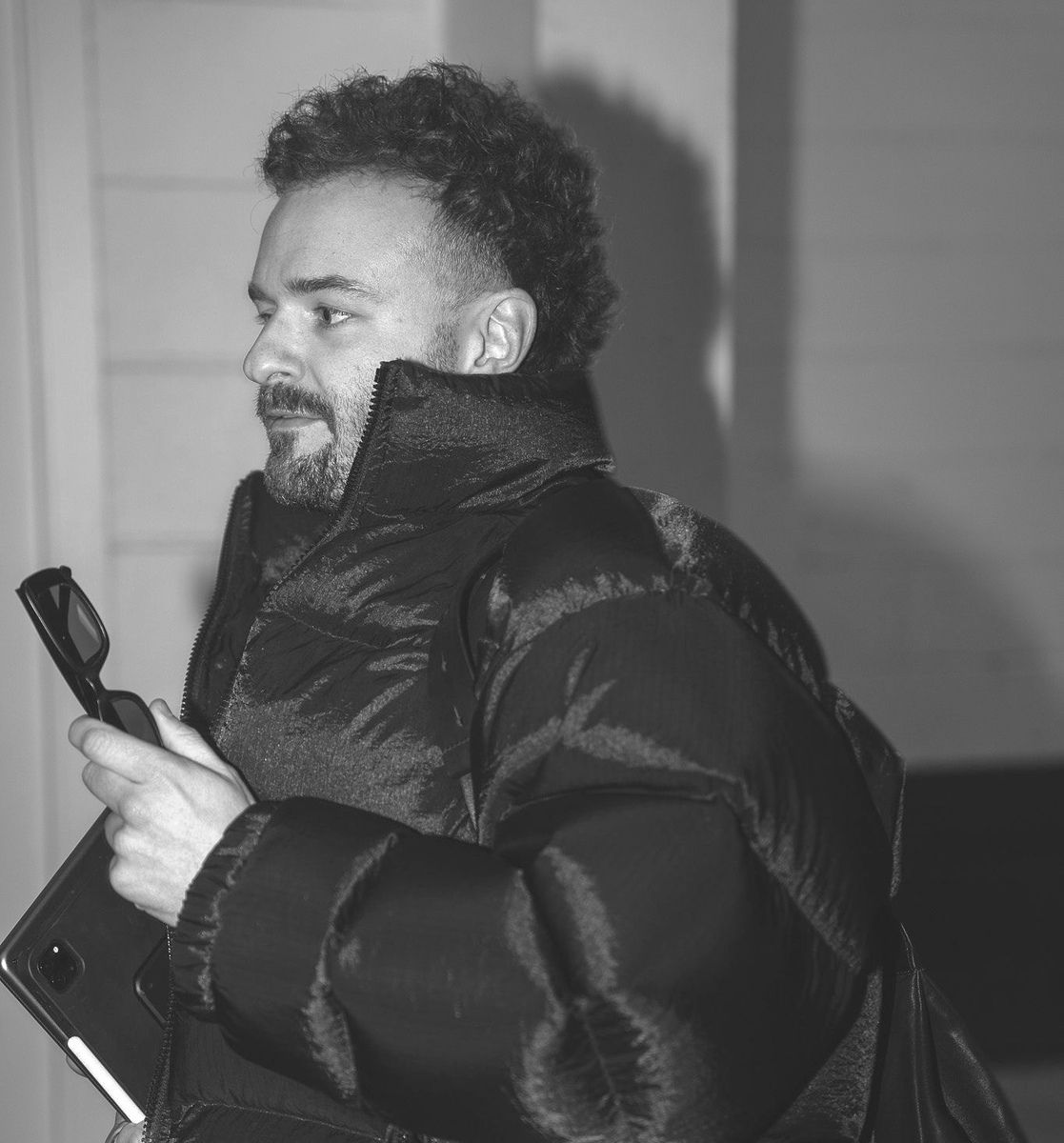
Justin Bieber didn’t just drop a new album. He introduced a brand. And in doing both at once, he delivered a case study in what modern brand building looks like when it’s done right.
The launch of Skylrk arrived not as a surprise, but as a culmination. For the better part of a year, Bieber had been teasing the idea without saying a word. He wore unbranded slides with a distinct bird logo. He posted low-key shots of brightly coloured hoodies and offbeat fits. He let the clothes do the talking. Before there was even a website, Skylrk already had a presence.

The move was far from impulsive. Behind the scenes, Bieber had brought on designer Finn Rush-Taylor, whose background includes stints at Adidas and Crocs. The design direction had been in development since at least 2023, and his wife Hailey Bieber played a key creative role from the start. The colour names for the first drop; Fizz, Gum, Jelly, weren’t random. They were part of a visual world being built slowly and intentionally.
Bieber used his personal platforms not just as promo tools, but as creative extensions.
Instagram posts showed him sketching ideas, wearing early samples, or being photographed in everyday moments. The messaging never screamed “coming soon.”
Instead, it felt lived in and layered. Each post added to a quiet narrative that fans could feel unfolding in real time.


The album and the brand were not separate events. They were two parts of the same story. The emotional tone of the music carried over into the product. The visuals matched. The pacing matched. The audience was pulled into a full creative world, rather than asked to consume one thing and then another.
What made it all so effective was the restraint. There was no big campaign. No launch event. No paid media blitz. Bieber trusted the depth of his influence and the consistency of his aesthetic. That confidence is rare, especially in a time when most brand launches are overworked, overproduced, and overshared.

This wasn’t Bieber’s first time creating a fashion label. Drew House still exists, but Skylrk marks a creative departure. While Drew leans playful and ironic, Skylrk feels stripped back, colourful, and emotionally precise. It reflects an evolution in taste and maturity, one that was hinted at long before the first product shipped.
The collaboration between personal expression and commercial output is what sets this apart. Bieber treated Skylrk like an extension of his own creative process, not a separate commercial play. It wasn’t just another celebrity brand. It was a mirror of where he is now, both personally and artistically.


That is what most brands miss. In the rush to go viral or gain traction quickly, they often forget that meaning takes time. Skylrk found its footing by letting the audience arrive at it rather than forcing the message.

If there’s one lesson in all this, it’s that good brand building is not about speed. It’s about alignment. Between product and personality timing and tone and the story being told and the way it is shared.
Skylrk is still new. It hasn’t scaled yet. But it has already shown more depth than most celebrity-led brands manage in years. And that’s because the launch didn’t feel like a pitch. It felt like a reveal of something honest.
The best brands today build slowly, move calmly, and trust that good ideas don’t need to be shouted to be heard. Bieber understood that. And in launching an album and a brand together, he created a moment that was less about hype and more about harmony.
Not many artists can do that. But Bieber just did.
Shot of the good stuff


